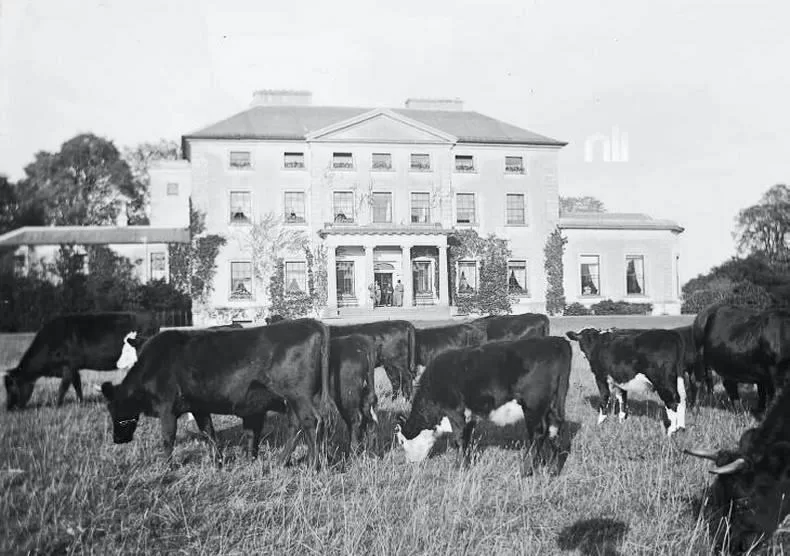Lorna Sixsmith is an Irish author and dairy farmer. Her latest book is Till the Cows Come Home by Black and White Publishing. * Taylor’s Field is quite unassuming: an almost perfect rectangle, fairly flat, no large humps and bumps to make it interesting. It has the advantage of good road frontage. No signs remain of the stone cottage that was there just over a century ago, the stones used by my great-grandfather for some project or other. At one end...

